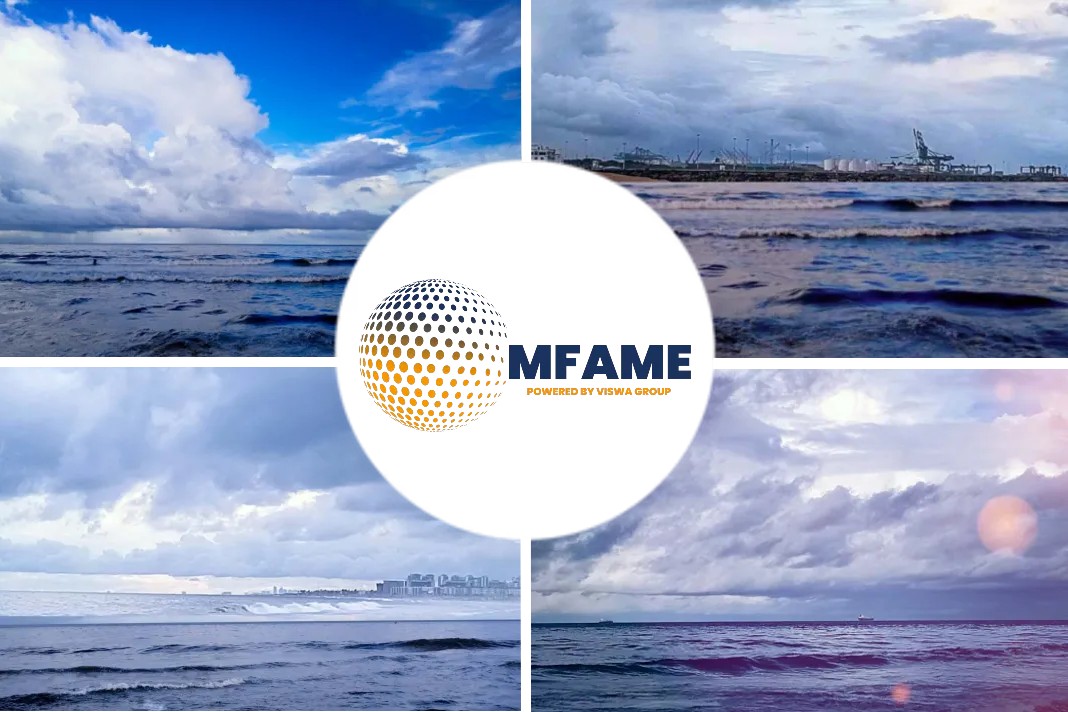Summary
On 23 May 2007, the Panamanian registered bulk carrier Pasha Bulker anchored 2.4 miles off the coast near Newcastle and joined the queue of 57 ships in the anchorage. All of Pasha Bulker’s cargo holds were empty in readiness to load a cargo of coal, scheduled to take place in three weeks. The ship had sufficient water ballast on board for the good weather conditions which continued for the next fortnight.
At midday on 7 June, Pasha Bulker’s master veered more anchor cable after noting a gale warning. The weather deteriorated with the southeast wind strengthening and rain becoming persistent. During the evening, seven ships put to sea while another got underway and berthed that night. At midnight, the first of the 49 ships remaining in the anchorage started to drag its anchor.
On 8 June, the wind was consistently gale force and the seas became rougher. Pasha Bulker started dragging its anchor in the severe weather. When the master became certain of this, he decided to weigh anchor. When the ship was underway, there were still 11 ships at anchor. The master turned the ship away from the coast, now only 1.2 miles away. On its initial east-southeast heading, with the wind and heavy seas fine on the starboard bow, the ship’s course made good was in an east-northeasterly direction, parallel to the coast.
Pasha Bulker’s master altered course to put the wind on the port bow in an attempt to make good a southerly course. The alteration was poorly controlled and the ship’s heading became south-westerly instead of south-southeast as he had intended. With the severe weather now on its port beam, the ship started moving west, towards the coast. The main engine speed was increased to assist the turn to port, into the wind, but this had limited success.
As the ship approached the coast, VTIC offered assistance. The master declined the offer and soon after, began a turn to starboard. The ship began rapidly closing on Nobbys Beach, now only eight cables away. The turn was unsuccessful and at 0946, when grounding was imminent, the master requested assistance.
Pasha Bulker grounded on Nobbys Beach. The ship’s momentum carried it further onto rock ledges on the beach and its hull was breached but there was no pollution. The ship was hard aground and the master requested a crew evacuation. By 1330, all of the crew had been safely winched off by a rescue helicopter.
Findings
- Masters of ships off Newcastle at the time of the incident generally considered VTIC to be the most useful information source for the anchorage.
- The masters of the seven ships that put to sea before the onset of gale force winds demonstrated the highest levels of seamanship.
- The emergency deployment of the anchors, use of the main engine and taking heavy weather ballast probably prevented the grounding of Sea Confidence.
- A reduction in the ship queue can benefit coal producers by reducing demurrage costs while enhancing maritime safety.
Probable Causes
- Failing to ballast the ship appropriately for the forecast heavy weather.
- Failing to leave the anchorage at an appropriately early stage.
- Not preparing appropriately for the emergency deployment of the anchors and not deploying the anchors.
- Conning the ship inappropriately at critical times, including ordering the 20º course alteration to put the ship’s head through strong gale force winds without controlling the turn himself by giving appropriate rudder orders or monitoring the helm subsequently.
- Attempting the final turn to starboard towards the lee shore that was less than a mile away.
Safety Actions
- Recommending that masters of ships arriving off Newcastle anchor not less than three miles from the shore.
- Providing masters of ships at Newcastle anchorage with regular weather broadcasts when a Bureau of Meteorology weather warning is in place.
- Enhanced monitoring of ships off Newcastle with Automatic Identification System equipment.
- Increased monitoring of the draughts of ships entering port with the aim of ensuring they are appropriately ballasted.
- Procedural checks of the audio recording equipment at the Vessel Traffic Information Centre.
Did you subscribe for our daily newsletter?
It’s Free! Click here to Subscribe!
Source: ATSB




















